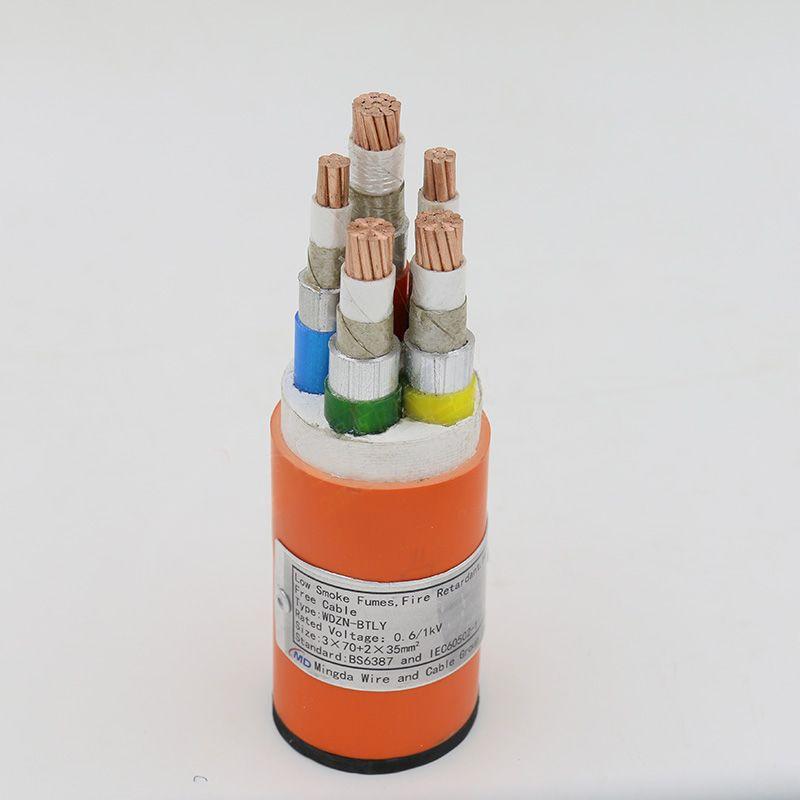Dec . 04, 2024 09:43 Back to list
gate valve actuator
Understanding Gate Valve Actuators A Comprehensive Overview
Gate valves are widely used in various industrial applications for controlling the flow of fluids. They perform an essential function in ensuring fluid systems operate smoothly and efficiently. However, the functionality of a gate valve is heavily reliant on its actuator. In this article, we will delve into the significance, types, and operational mechanisms of gate valve actuators and their contribution to the overall performance of gate valves.
What is a Gate Valve Actuator?
A gate valve actuator is a device that enables the operation of a gate valve. It serves the crucial role of opening and closing the valve, allowing or restricting fluid flow as necessary. The actuator can be powered manually or operated through automated systems using electrical, pneumatic, or hydraulic forces. The choice of actuator can significantly influence the efficiency, safety, and responsiveness of fluid control within a system.
Types of Gate Valve Actuators
1. Manual Actuators These actuators are often equipped with handwheels, levers, or gears for manual operation. They are economical and straightforward, making them suitable for applications where remote operation is unnecessary or when infrequent valve adjustments are required.
2. Electric Actuators Electric actuators utilize electric motors to operate the gate valve. They offer precise control over valve positioning and are suitable for applications requiring automation and integration with control systems. Electric actuators are advantageous in environments where pneumatic or hydraulic systems are impractical.
3. Pneumatic Actuators Utilizing compressed air to operate the valve, pneumatic actuators are known for their rapid actuation characteristics. They are often chosen for applications where quick opening and closing are crucial, such as in emergency shut-off systems.
gate valve actuator

4. Hydraulic Actuators These actuators utilize fluid pressure from hydraulic systems to operate the valve. Known for their high power-to-weight ratio, hydraulic actuators are suitable for large gate valves that require significant force to operate.
How Gate Valve Actuators Work
The operation of gate valve actuators chiefly involves the conversion of energy from one form to another. In manual actuators, the operator applies force to turn a handwheel, which in turn rotates a screw mechanism to lift or lower the gate within the valve body. This motion creates a seal that either allows or prevents fluid passage.
Electric actuators convert electrical energy into mechanical energy through motors, which drive a spindle connected to the gate valve. These actuators can be programmed to open or close the valve at set intervals or triggered by sensors based on system requirements.
Pneumatic and hydraulic actuators work similarly but rely on gas or liquid pressure to drive the valve. Pneumatic actuators typically push or pull on the valve stem, while hydraulic actuators can generate even higher forces due to the incompressibility of liquids, enabling the operation of larger valves.
The Importance of Gate Valve Actuators
The choice of actuator can significantly impact the overall performance and reliability of a gate valve. Automated actuators enhance operational efficiency by reducing the need for manual intervention, thus minimizing labor costs and the potential for human error. Moreover, they allow for integration within automated systems, including safety protocols, ensuring that the system remains stable during unforeseen events.
In conclusion, gate valve actuators are crucial components of valve systems, facilitating precise control of fluid flow. Understanding the different types, functionality, and advantages of various actuators enables engineers and operators to make informed choices, enhancing the performance and reliability of their fluid systems. As industries continue to evolve, the demand for advanced and efficient actuators in gate valves will inevitably increase, paving the way for innovation in fluid control technology.
Share
-
Reliable Wafer Type Butterfly Valves for Every IndustryNewsJul.25,2025
-
Reliable Flow Control Begins with the Right Ball Check ValveNewsJul.25,2025
-
Precision Flow Control Starts with Quality ValvesNewsJul.25,2025
-
Industrial Flow Control ReliabilityNewsJul.25,2025
-
Engineered for Efficiency Gate Valves That Power Industrial PerformanceNewsJul.25,2025
-
Empowering Infrastructure Through Quality ManufacturingNewsJul.25,2025


